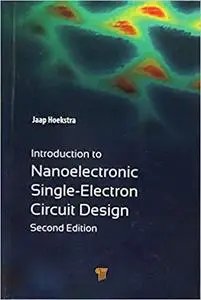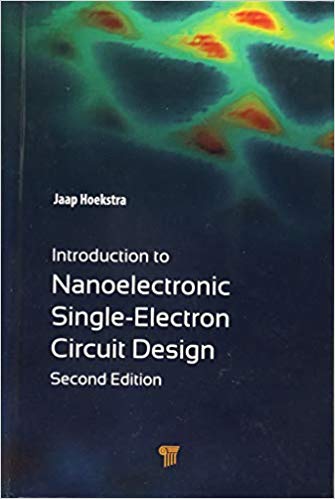Jaap Hoekstra, "Introduction to Nanoelectronic Single-Electron Circuit Design"
2016 | pages: 326 | ISBN: 9814745561 | PDF | 9,7 mb
2016 | pages: 326 | ISBN: 9814745561 | PDF | 9,7 mb
Today, the concepts of single-electron tunneling (SET) are used to understand and model single-atom and single-molecule nanoelectronics. The characteristics of nanoelectronic devices, especially SET transistors, can be understood on the basis of the physics of nanoelectronic devices and circuit models. A circuit theory approach is necessary for considering possible integration with current microelectronic circuitry. To explain the properties and possibilities of SET devices, this book follows an approach to modeling these devices using electronic circuit theory. All models and equivalent circuits are derived from the first principles of circuit theory. Based on energy conservation, the circuit model of SET is an impulsive current source, and modeling distinguishes between bounded and unbounded currents. The Coulomb blockade is explained as a property of a single junction. In addition, this edition differs from the previous one by elaborating on the section on spice simulations and providing a spice simulation on the SET electron box circuit, including the spice netlist. Also, a complete, new proof of the two-capacitor problem in circuit theory is presented; the importance of this proof in understanding energy conservation in SET circuits cannot be underestimated. This book will be very useful for advanced undergraduate- and graduate-level students of electrical engineering and nanoelectronics and researchers in nanotechnology, nanoelectronic device physics, and computer science.
Only book modeling both single-electron tunneling and many electron tunneling from the points of view of electronics; starting from experiments, via a physics description, working towards a circuit description; and based on energy conservation, in electrical circuits, developing the impulse circuit model for single-electron tunneling.
My Link



